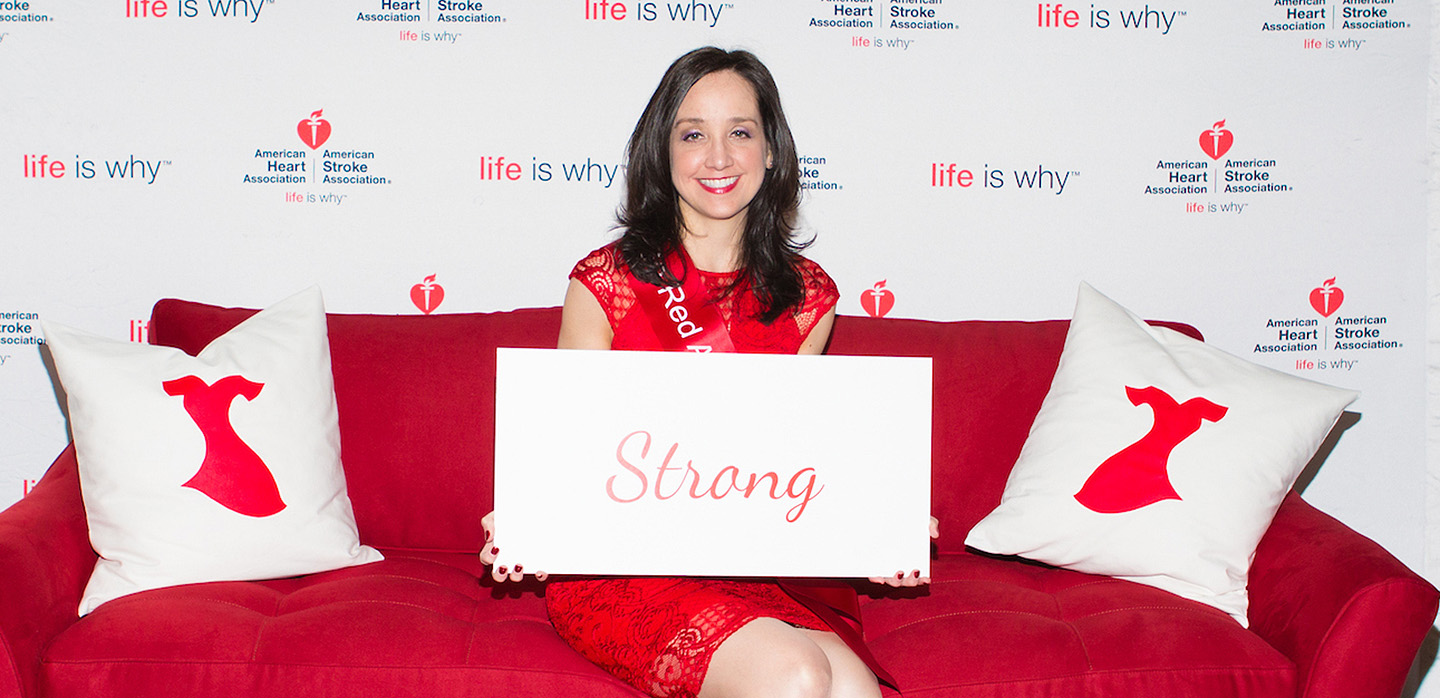How To Prepare For A CT Or MRI

Most people have had a radiological scan in the course of their lives. But do you actually know how it works and what to watch out for as a patient?
What is CT?
A computed tomography (CT) scan combines a series of X-ray images taken from various angles. They are processed to provide cross-sectional images and three-dimensional volumes of the inside of a patient. Bones show distinct X-ray absorption and skeletal structures can be distinguished directly with CT scans. A contrast-enhanced CT scan can be used to visualize nearly all body parts, and is used to find and characterize a disease or injury, as well as to plan medical, surgical or radiation treatment. Bayer is a recognized pioneer in the field of contrast-enhanced imaging, having introduced the first CT injection system in 1964 and one of the first X-ray contrast media in 1931. Bayer’s key brands in this area include Ultravist, MEDRAD Stellant and Radimetrics.
What is MRI?
Magnetic Resonance Imaging (MRI) is a type of medical imaging used to examine almost any part of the body. MRI scanners use strong magnetic fields, electric field gradients, and radio waves to generate the images of the organs in the body. MRI scans typically take longer than CT scans. MRI can be used to help diagnose a variety of medical conditions from concussions to cancers, or assess how well a current treatment is working and plan future treatments. It can also detect blockages in blood vessels, as well as swelling or inflammation. MRI, together with gadolinium-based contrast agents, has evolved to become an essential tool for disease diagnosis and management worldwide. Contrast media are administered in about 25 percent of all MRI examinations. Bayer’s key brands in this area include Gadovist, Primovist, and MEDRAD MRXperion.





















